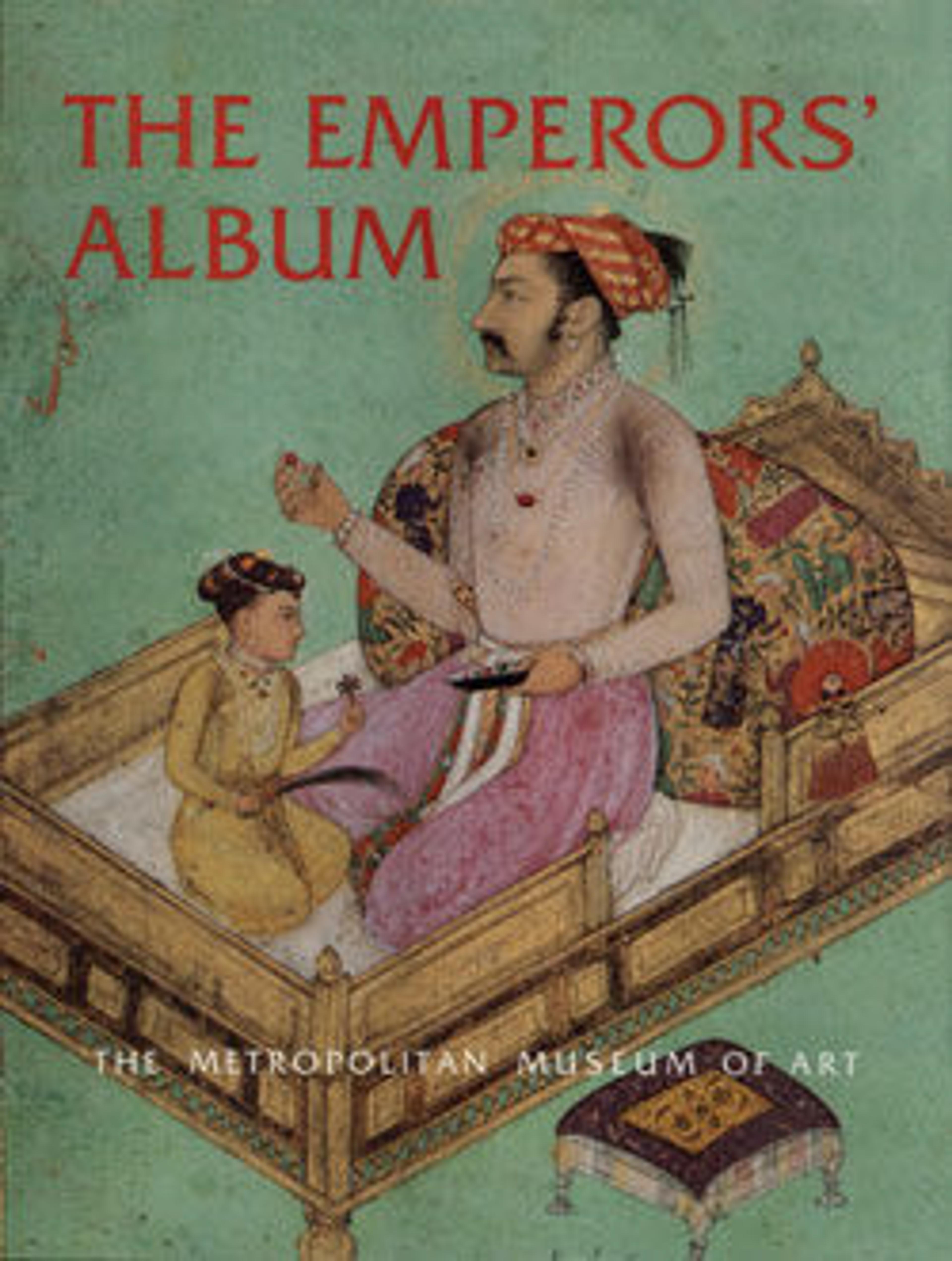"Dancing Dervishes", Folio from the Shah Jahan Album
Ecstatic dervishes in this painting perform the sama, or mystical whirling dance. Although this dance was practiced as a means of achieving mystical states from very early times in the Islamic world, it was institutionalized at the end of the thirteenth century by Sultan Walad, son of the great mystical poet Jalaluddin Rumi, who died at Konya (present-day Turkey) in 1273.
Artwork Details
- Title:"Dancing Dervishes", Folio from the Shah Jahan Album
- Calligrapher:Mir 'Ali Haravi (died ca. 1550)
- Date:recto: ca. 1610; verso: ca. 1530–50
- Geography:Attributed to India
- Medium:Ink, opaque watercolor, and gold on paper
- Dimensions:H. 15 3/16 in. (38.6 cm)
W. 10 3/16 in. (25.9 cm) - Classification:Codices
- Credit Line:Purchase, Rogers Fund and The Kevorkian Foundation Gift, 1955
- Object Number:55.121.10.18
- Curatorial Department: Islamic Art
More Artwork
Research Resources
The Met provides unparalleled resources for research and welcomes an international community of students and scholars. The Met's Open Access API is where creators and researchers can connect to the The Met collection. Open Access data and public domain images are available for unrestricted commercial and noncommercial use without permission or fee.
To request images under copyright and other restrictions, please use this Image Request form.
Feedback
We continue to research and examine historical and cultural context for objects in The Met collection. If you have comments or questions about this object record, please contact us using the form below. The Museum looks forward to receiving your comments.
